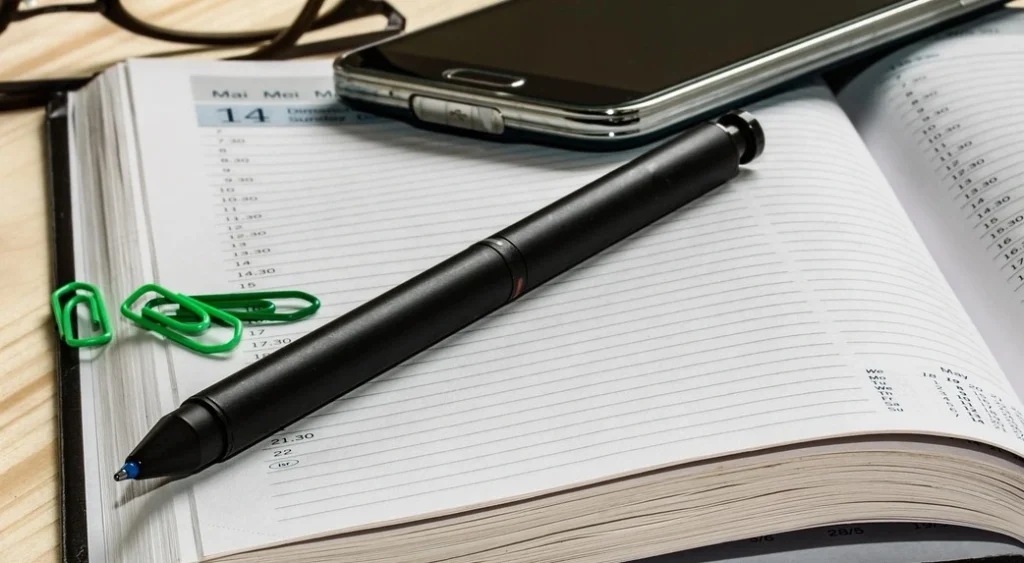Moving to Spain Guide – Chapter 11 – Registrations on Arrival
Contents
Introduction
The NIE
The Padron
The TIE
Digital Certficate and Cl@ve
Introduction
Moving to Spain is an exciting adventure—but like any big life change, it comes with its own set of challenges. One of the first things you’ll notice is that the Spanish way of handling official processes may be quite different from what you’re used to. Things often move at a slower pace, procedures can take time, and service standards may vary from one region—or even town—to another.
The key? Patience. Approaching these situations with calm and good humour will take you much further than frustration. Remember, you’re adapting to a new system, and this is all part of the journey.
You’ll also find that rules and regulations can be interpreted differently depending on where you are. But don’t worry—most officials are friendly and willing to help, especially if you show respect and make an effort with the language. While you’re finding your feet, consider using an interpreter to help navigate the paperwork and ensure clear communication. It’s a small step that can make a big difference.
One top tip is to take along all the paperwork you have and copies to any appointments. You can never be sure what they will ask you for.
Registrations
On arrival in Spain you still have registrations to make whether you are a citizen of an EU country or not.
The NIE – Número de Identidad de Extranjero – The Foreigners’ Identity and Tax Number
This number is issued to everyone who is resident in Spain. It is the Spanish identity and tax reference number and is necessary to carry out transactions such as: opening a bank account, purchasing or leasing property, mobile phone contracts, getting a job, arranging utilities, buying a vehicle. You will also be asked for your NIE when making large purchases such as electrodomestic products. Once issued, the NIE does not expire. it is issued for life.
You can apply for an NIE as a non-resident or before you apply for residency. You can either request it directly in Spain or at the Spanish Consulate Office in your country of residence. You must make the application in person or through an accredited representative.
UK and other non-EU nationals who apply for residency in Spain from their home country through a visa (and do not yet have a NIE) will be issued with the NIE as part of the residency process. The number will be printed on the TIE (Tarjeta de Identidad de Extranjero) residency card along with your other identity details.
Citizens of EU countries must apply for a NIE within 90 days of arriving in Spain. Applications are made at your local Immigration Office – Oficina de Extranjería. This is often located in the Police Station.
The Certificate de Empadronamiento (the Padrón)
The Padrón
The Padrón is the register of people who live in an area. Together these registers in Spain form the National Census and inform the need for local services. Being registered on the Padrón is also one of the requirements, amongst others, to be able to vote in local elections. You must actually live in the area- second homeowners who visit should not register.
Once you register on the Padrón you will receive a Certificado de Empadronamiento. This document is essential for a number of procedures in Spain, such as:
- completing the residency requirements
- exchanging your driving licence for a Spanish licence or sitting the Spanish driving test
- applying for the Tarjeta Sanitaria, the Spanish Health Card
How to register on the Padrón
This is a simple process which is usually carried out in an office in your local Town Hall. Whilst requirements may vary from area to area, usually you will need to produce:
☛ your passport
☛ residency document
☛ rental contract or proof of purchase of a property
☛ a utility bill
☛ the signature of the person from whom you are renting the property if you have no rental contract – in some areas this is acceptable
Renewing your Padron certificate
For many administrative procedures you can use a Padrón for up to three months from the date of issue. You can apply for a new certificate at any time and are able to apply online using a Digital Certificate.
From time to time (usually every two years) the local authority may write to everyone on the Padrón Register asking them to confirm that they still live at the same address.
Getting on the Padrón

Gladys from Somerset in England has lived in Valencia for 11 years. She relates how she and her husband registered on the Resident Register – the Padrón.
“We knew we needed to get on the Padrón as soon as we moved to Spain so that we could get the certificate of residence, the Certificado de Empadronamiento. This is like registering on the Electoral Register in the UK and we discovered we needed the certificate for many things like registering with a doctor and even joining the local library. Fortunately the process was simple. We made an appointment with the “Padrón Office” in the Town Hall and we took our passports, NIE numbers which we got with our visas, and the documents of our property and they issued the certificate while we waited.”
TIE – Tarjeta de Identidad de Extranjero – the Foreigners’ Identity Card
Apply for the TIE – Tarjeta de Identidad de Extranjero – the Foreigners’ Identity Card

If you hold a Visa, an EU Residence Certificate (temporary or permanent) or have obtained a favorable resolution after presenting the EX-20 application, you can apply for the TIE. To request the TIE it is necessary to make an appointment online with the Oficina de Extranjeros.
If you are a UK National and applying for the TIE under the Withdrawal Agreement there is a different procedure for you.
Completing this process will arrange an appointment at an Immigration Office or your local Police Station for a specific date and time.
Once the appointment is arranged, you will need to provide the following documents:
- Your Visa//Residence certificate // Resolución favorable from Extranjería
- Filled EX-17 form (for Visa applicants)
- Passport (original and copy of all pages)
- Proof (printed) of payment of the tax 790 code 012. Take the downloaded 790-012 form to any bank to pay the fee. Many banks prefer you to pay through the automatic teller machine. It cannot be paid online.
- Passport-size photograph 32×26.
- Padrón. Original and copy, issued within the last 3 months.
This process can’t be done by a representative and the applicant must present the documents and pick up the card in person.
Access to online procedures - The Digital Certficate and The Clave
The digital certificate
The Digital Certificate, or Certificado Digital in Spanish, is an optional facility that allows users to manage a wide range of administrative processes from their own computer.
The Digital Certificate is necessary not only to register as Autónomo (self-employed), but also to register your documents when applying for the TIE, declare your global income every year, and to subscribe to the Social Security regime, among other processes.
If you wish to arrange a digital certificate, follow our step-by-step guide here:
The Cl@ve – the electronic key
This is another optional method of accessing many administra- tive procedures such as making appointments with government bodies, filing tax returns and so on. The Cl@ve can be used on any device.
Recent Info Guides
Can You Support Us?
Every year, we help over 30,000 people navigate life in Spain with confidence, providing free, accessible information guides. Our trusted Infoline offers compassionate, one-to-one support to more than 3,000 individuals annually.
None of this would be possible without the generosity of people like you. Your donation ensures we can continue to provide these vital services to those who need them most.


